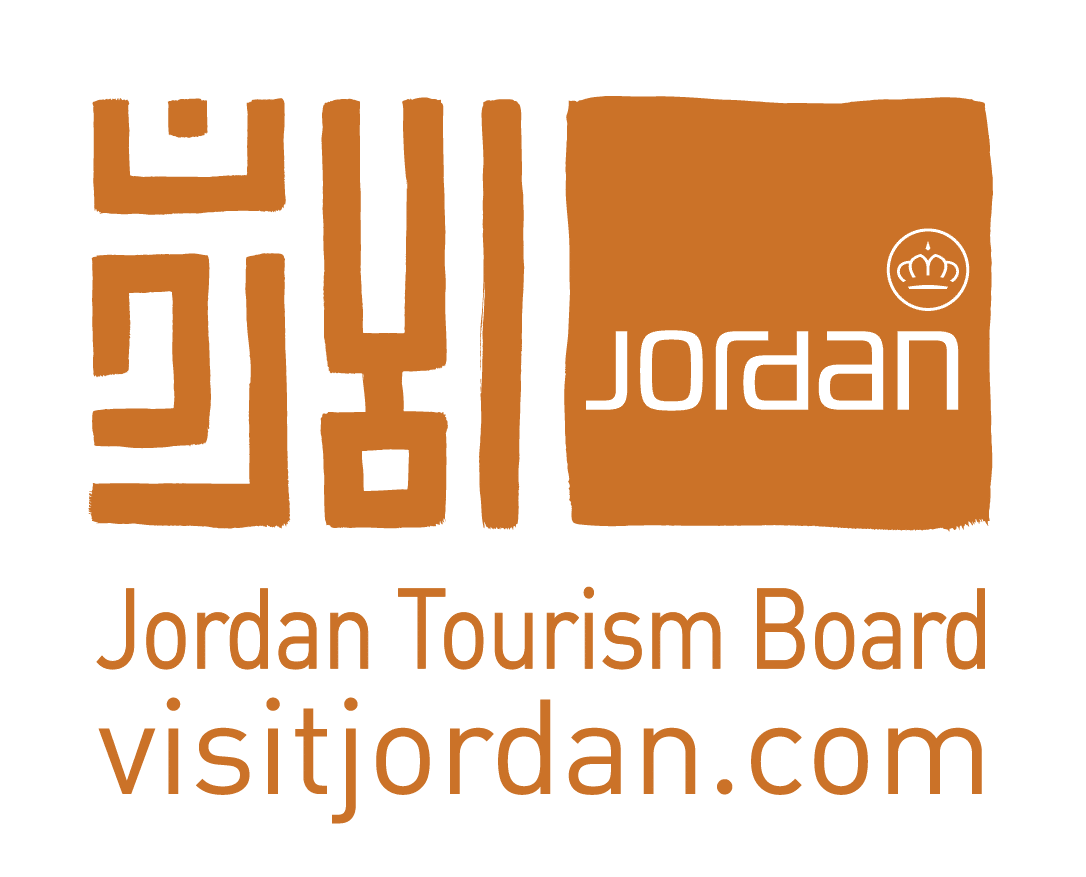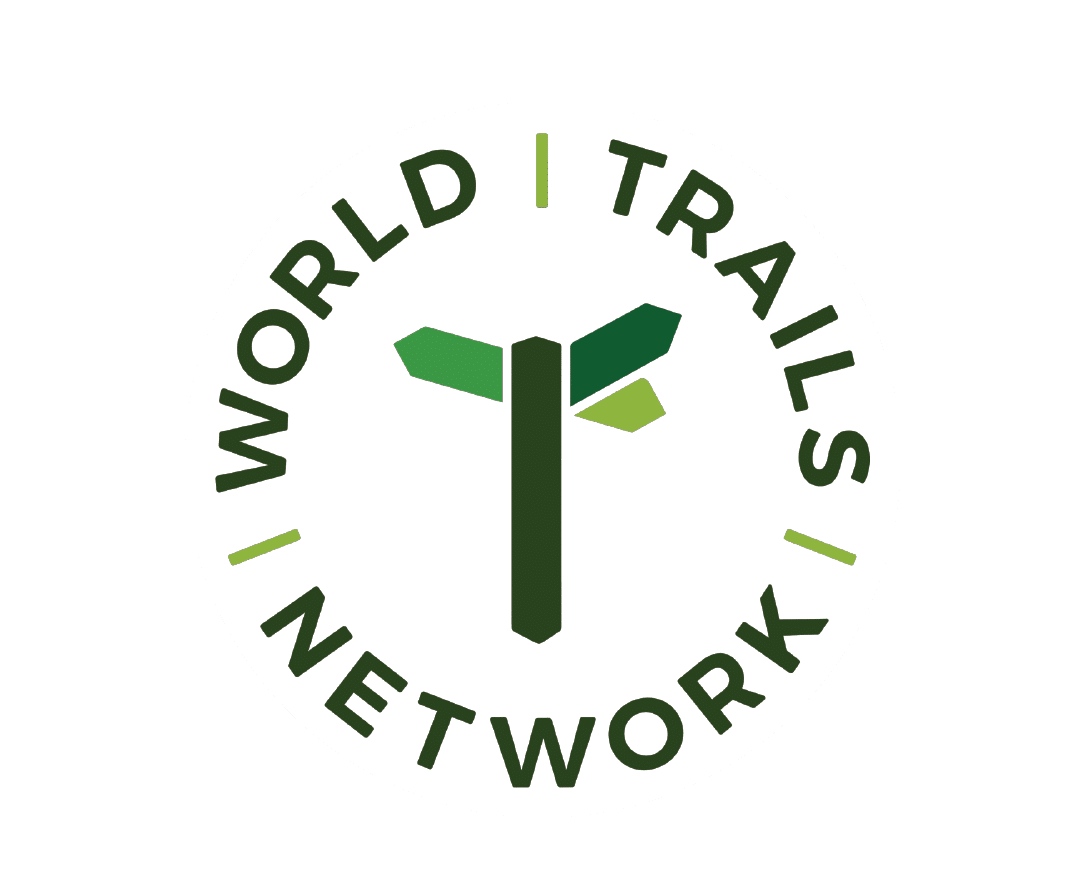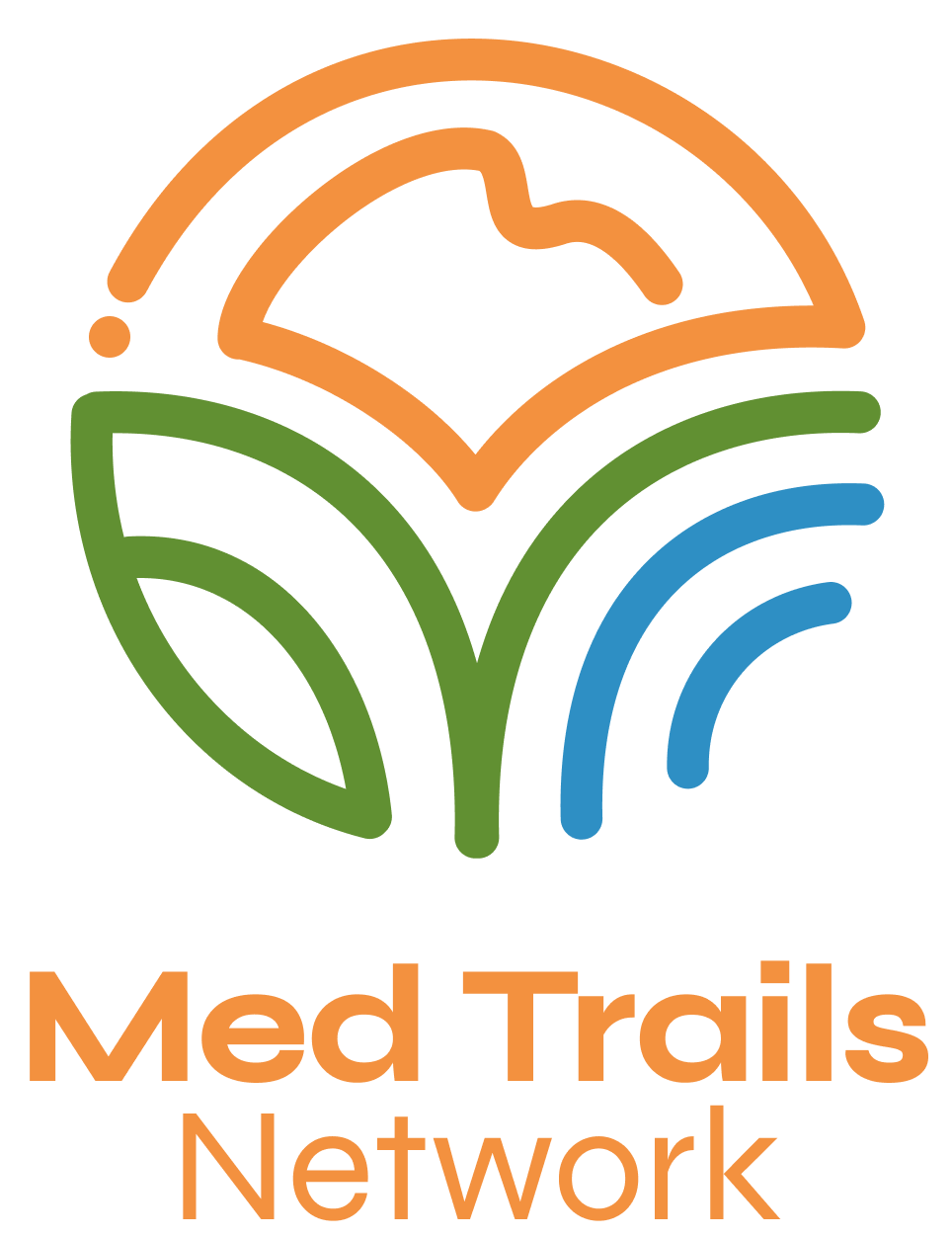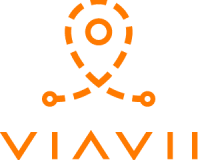In the most northerly and greenest part of Jordan, the hills and canyons are packed with the ruins of many ancient civilizations. The fertility of the hot Jordan Valley, the grasslands on the hills above it, and the oak forests of the highest mountains provide an enchanting natural backdrop to the trek between historic sites from the past two millennia and beyond. Hot springs, huge ancient olive trees, caves, mysterious prehistoric structures, Roman cities, and villages pioneering community-based tourism are some of the attractions of this northern corner of Jordan.
Days: 4 Length: 80 Km Main sites in the region:- Ruins of Roman Decapolis cities at Um Qais and Pella
- Ecopark at Wadi Ziglab
- Byzantine monastery ruins at Tel Mar Elias, traditional birthplace of the prophet Elijah
- Community tourism and rural scenery in the al-Ayoun villages
- Medieval mountaintop site of Ajloun Castle
Book this Region through
[/vc_column_text][/vc_column][vc_column width=”1/2″][button size=”large” target=”_self” hover_type=”default” text=”THRU HIKE” link=”https://jordantrail.org/thru_hike/2020-region-1-um-qais-to-ajloun/”][/vc_column][/vc_row][vc_row css_animation=”” row_type=”row” use_row_as_full_screen_section=”no” type=”full_width” angled_section=”no” text_align=”left” background_image_as_pattern=”without_pattern” css=”.vc_custom_1580337021791{margin-left: 25px !important;}”][vc_column][vc_empty_space][vc_accordion active_tab=”1″ style=”boxed_accordion”][vc_accordion_tab title=”Regional Transportation” title_color=”#201b58″ background_color=”#3fbc94″][vc_column_text css=”.vc_custom_1580296018208{margin-right: 15px !important;}”]Ajloun can be reached from Amman or other large towns by public buses; as always in Jordan, these do not follow a schedule but leave when full. Transportation to the rest of the points on the trail is less reliable, though minibuses do run irregularly along the Jordan Valley highway, passing near Pella and the Ecopark. Private taxis are nearly always an option in the region. The bus journey between Amman and Ajloun is about 1.5 hours once the bus leaves and costs about 1JD.
For more information on transportation in Jordan, click here.[/vc_column_text][/vc_accordion_tab][vc_accordion_tab title=”Accommodations” title_color=”#201b58″ background_color=”#3fbc94″][vc_column_text css=”.vc_custom_1580296034644{margin-right: 15px !important;}”]Accommodations are available throughout the region in the form of guesthouses or hotels at the Ecopark, near Pella, and in Ajloun; family stays are also available in Beit Idis and in particular in Orjan, Baoun and Rasoun, where many families are prepared to host travelers. Family stays operate something like a bed-and-breakfast in a family’s home, include dinner and breakfast and a packed lunch, and are generally a very social experience. The al-Ayoun region is the hub of this form of community-based tourism in Jordan and offers a unique experience for travelers who are interested.
Wild camping is also possible, particularly in the forested hills around the al-Ayoun area. As always, remember to keep away from private property and follow Leave No Trace practices.
[/vc_column_text][/vc_accordion_tab][/vc_accordion][vc_empty_space][/vc_column][/vc_row][vc_row css_animation=”” row_type=”row” use_row_as_full_screen_section=”no” type=”full_width” angled_section=”no” text_align=”left” background_image_as_pattern=”without_pattern” css=”.vc_custom_1580337065259{margin-left: 25px !important;}”][vc_column][vc_tabs style=”boxed”][vc_tab title=”Region Map” tab_id=”dc29dbff-a6f1-2″][vc_single_image image=”4843″ img_size=”large” alignment=”center” qode_css_animation=””][/vc_tab][vc_tab title=”Google Map” tab_id=”809292ea-2f9d-7″][vc_column_text][/vc_column_text][/vc_tab][vc_tab title=”Elevation Chart” tab_id=”1580294504131-2-0″][vc_single_image image=”4823″ img_size=”full” qode_css_animation=””][/vc_tab][vc_tab title=”GPS” tab_id=”1580294642959-3-5″][vc_column_text]To download the GPS track, Click here..
[/vc_column_text][/vc_tab][/vc_tabs][vc_column_text]Download map as PDF
[/vc_column_text][vc_empty_space][/vc_column][/vc_row]






